#Cypro-Archaic II
Photo
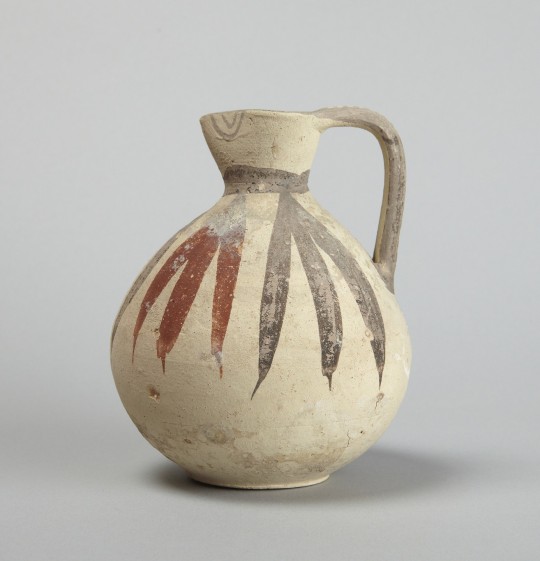
Oenochoe (Bichrome V Ware), 600–475 B.C./ Cypro-Archaic II / Cypriote
10 notes
·
View notes
Text
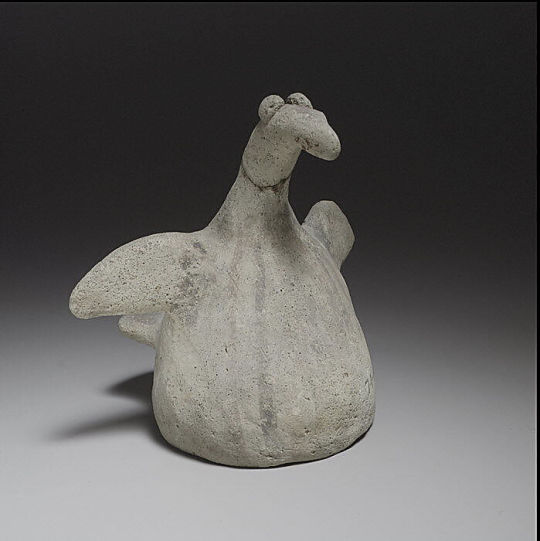
something about this figurine really reminds me of ceramics some people make now! It's very stylised in a way i can only describe as 'cute.' The proportions and roundness...
And the way the bird is flapping its wings reminds me of how chickens move! If you've ever had pet chickens you probably know what I mean. They'll stand there and flap wildly without any intent of taking off. It's easy to imagine an artist observing birds doing the same all those centuries ago. :)
The first chickens were introduced in the region sometime before this was made, so maybe it's even actually chicken? or just a very chubby dove.
Cypro-Archaic II, ca. 600–480 BCE.
79 notes
·
View notes
Text
Monday's image: September 11, 2023
Cypriot, Cypro-Archaic II, Terracotta statuette of a donkey and rider, Terracotta, handmade, 11.3 centimeters, 600-480 BCE, The Metropolitan Museum of Art, New York
#mc_embed_signup{background:#fff; false;clear:left; font:14px Helvetica,Arial,sans-serif; width: 600px;} /* Add your own Mailchimp form style overrides in your site stylesheet or in this style block. We recommend moving this block and the preceding CSS link to the HEAD of your HTML file. */
Subscribe to Monday's image
* indicates required
Email Address *
(function($) {window.fnames = new Array(); window.ftypes = new Array();fnames[0]='EMAIL';ftypes[0]='email';fnames[1]='FNAME';ftypes[1]='text';fnames[2]='LNAME';ftypes[2]='text';fnames[3]='ADDRESS';ftypes[3]='address';fnames[4]='PHONE';ftypes[4]='phone';}(jQuery));var $mcj = jQuery.noConflict(true);
#Cypriot#Cypro-ArchaicII#terracotta#statuette#donkeyandrider#MetropolitanMuseumofArt#NewYork#NYTimes#DouarTnirt#village#AtlasMountains#Morocco#mensearchingforsurvivors#caved-inhouse#rubble#mountainvillage#Azgour#MoroccanTownsStruckByQuake#CutOffFromAid#DebrisBlocksRoads#GovernmentHasOfferedLittleInformation#RescueEfforts#6.8magnitude#earthquake#ForgingNewTiesWithAnOldFoe#VisittoVietnam#BidenSeekstoBluntChina#AnOceanFromGroundZero#APeacefulGrove#Recalls9/11
0 notes
Photo
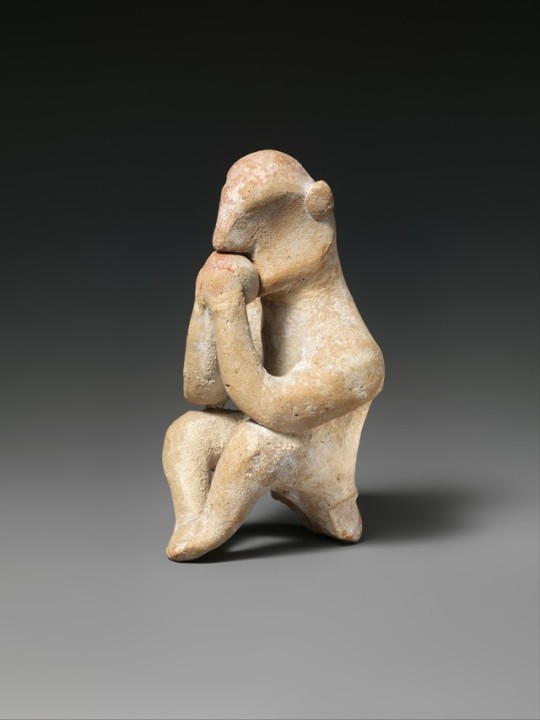
Terracotta Figure, Cypro-Archaic II, ca. 600–480 B.C.
Terracotta, H. 4 1/16 in. (10.3 cm)
The Met Fifth Avenue
#art#design#sculpture#figure#terracotta#cyprus#archaic#archeology#themet#unique#collector#poetry#cypro-archaic II#600BC#480BC
58 notes
·
View notes
Photo

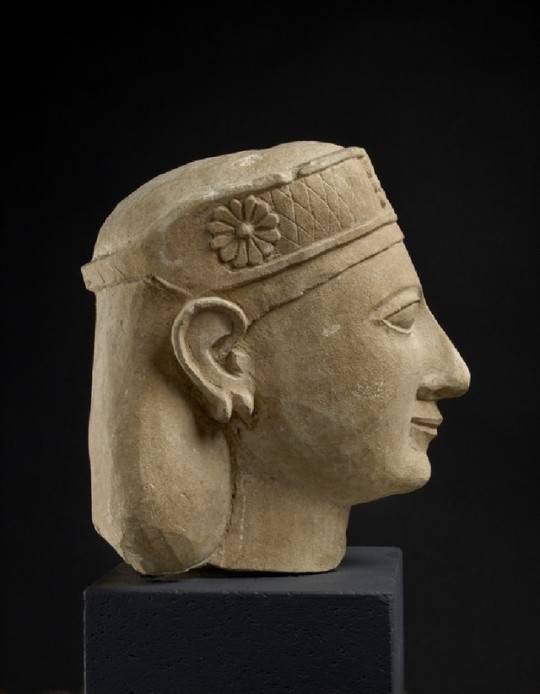

Sculpture of a head
Cyprus, Cypro-Archaic II Period (c. 600 - c. 475 BC)
Ashmolean Museum
141 notes
·
View notes
Photo

Terracotta horse’s head with harness (Cypriot, late 6th century B.C.).
Image and text information courtesy The Met.
76 notes
·
View notes
Photo
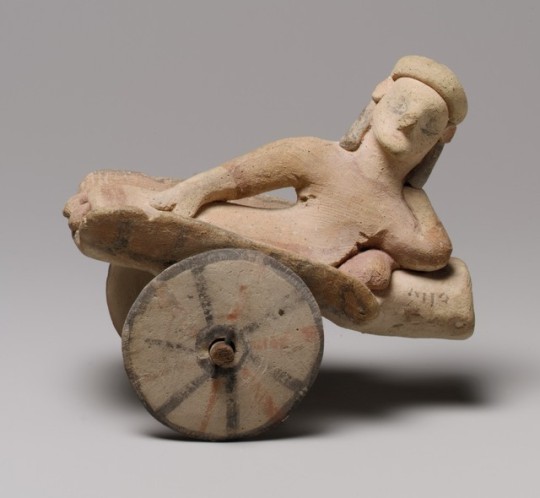
~ Model of a cart with a human figure.
Period: Cypro-Archaic II
Date: ca. 600–480 B.C.
Culture: Cypriot
Medium: Terracotta; hand-made
#ancient#ancient art#ancient figure#model of a cart with a human figure#cypriot#cypro-archaic ii#ca. 600 b.c.#ca. 480 b.c.
187 notes
·
View notes
Photo

Terracotta woman
ca. 600–480 B.C.
View full size image
0 notes
Text
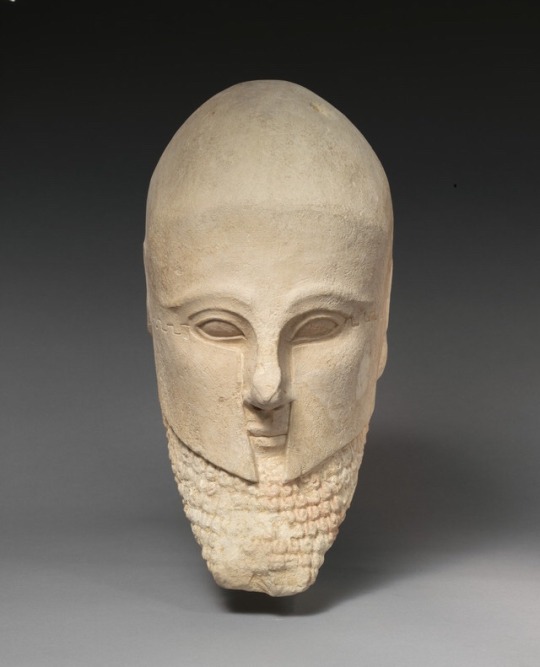
Limestone bearded head with a Corinthian helmet.
Period: Cypro-Archaic II
Date: early 5th century B.C.
Culture: Cypriot
Medium: Limestone
9 notes
·
View notes
Photo
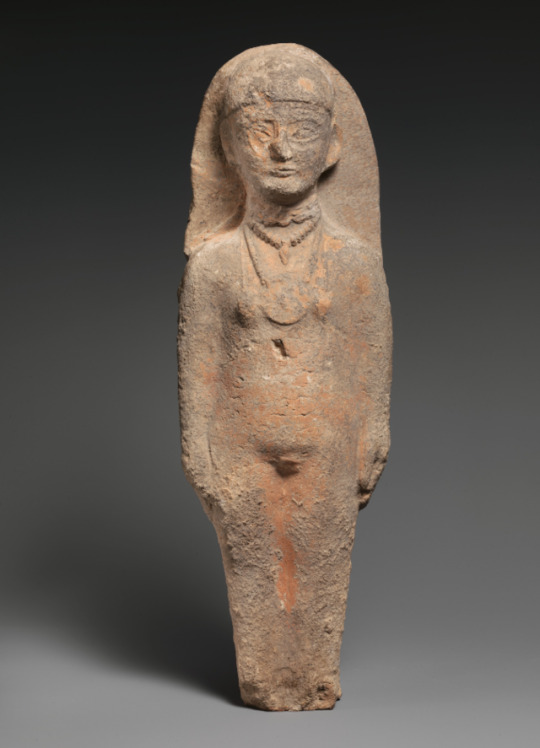
Standing Female Figurine
Period: Cypro-Archaic II
Date: ca. 600–480 B.C.
Culture: Cypriot
Medium: Terracotta; mold-made
Dimensions: H. 13 5/8 in. (34.6 cm)
> metmuseum.org
26 notes
·
View notes
Photo

Human habitation of Cyprus dates back to the Paleolithic era. Cyprus’s geographic position has caused Cyprus to be influenced by differing Eastern Mediterranean civilisations over the millennia. Periods of Cyprus’s history from 1050 BC have been named according to styles of pottery found as follows: Cypro-Geometric I: 1050-950 BC Cypro-Geometric II: 950-850 BC Cypro-Geometric III: 850-700 BC Cypro-Archaic I: 700-600 BC Cypro-Archaic II: 600-475 BC Cypro-Classical I: 475-400 BC Cypro-Classical II: 400-323 BCCyprus was settled by humans in the Paleolithic period (known as the stone age) who coexisted with various dwarf animal species, such as dwarf elephants (Elephas cypriotes) and pygmy hippos (Hippopotamus minor) well into the Holocene. There are claims of an association of this fauna with artifacts of Epipalaeolithic foragers at Aetokremnos near Limassol on the southern coast of Cyprus.[1] The first undisputed settlement occurred in the 9th (or perhaps 10th) millennium BC from the Levant. The first settlers were agriculturalists of the so-called PPNB (pre-pottery Neolithic B) era, but did not yet produce pottery (aceramic Neolithic). The dog, sheep, goats and possibly cattle and pigs were introduced, as well as numerous wild animals such as foxes (Vulpes vulpes) and Persian fallow deer (Dama mesopotamica) that were previously unknown on the island. The PPNB settlers built round houses with floors made of terrazzo of burned lime (e.g. Kastros, Shillourokambos) and cultivated einkorn and emmer. Pigs, sheep, goats and cattle were kept but remained, for the most part, behaviourally wild. Evidence of cattle such as that attested at Shillourokambos is rare, and when they apparently died out in the course of the 8th millennium they were not re-introduced until the ceramic Neolithic. In the 6th millennium BC, the aceramic Khirokitia culture was characterised by roundhouses, stone vessels and an economy based on sheep, goats and pigs. Cattle were unknown, and Persian fallow deer were hunted. This was followed by the ceramic Sotira phase. The Eneolithic era is characterised by stone figurines with spread arms. Khirokitia archeological site. Water wells discovered by archaeologists in western Cyprus are believed to be among the oldest in the world, dated at 9,000 to 10,500 years old, putting them in the Stone Age. They are said to show the sophistication of early settlers, and their heightened appreciation for the environment.[2] In 2004, the remains of an 8-month-old cat were discovered buried with its human owner at a Neolithic archeological site in Cyprus.[3] The grave is estimated to be 9,500 years old, predating Egyptian civilization and pushing back the earliest known feline-human association significantly.[4] Bronze Age Early Iron Age Ancient Cyprus Byzantine Cyprus #NCIGo #NetcurrencyIndex #Airdrop #Crypto #Blockchain #Cryptocurrency #Bounty #TheCryptoBenchmark http://bit.ly/2Xq0Ybd
0 notes
Video
instagram
Limestone bust of a flute-player
The specific bust is dated in the Cypro-Archaic II period (ca.575-550 BC) and it was discoverer at the site of Agios Photios, Golgoi (west of the temple). It is made of limestone and these sculptures are usually found in both sanctuaries and tombs to play music for the divinity or the deceased.
The strap around the head, it is a phorbeia, that held the flute and prevented the cheeks from swelling, and also it helped to control the breath.
Based on its typology, it is thought that these sculptures have egyptian influence.
Photo: Met Museum
1 note
·
View note
Photo

Amphora (Bichrome V, VI or VII)
Cypriote, Cypro-Archaic II or Cypro-Classic
Ceramic
Princeton University Art Museum
17 notes
·
View notes
Photo
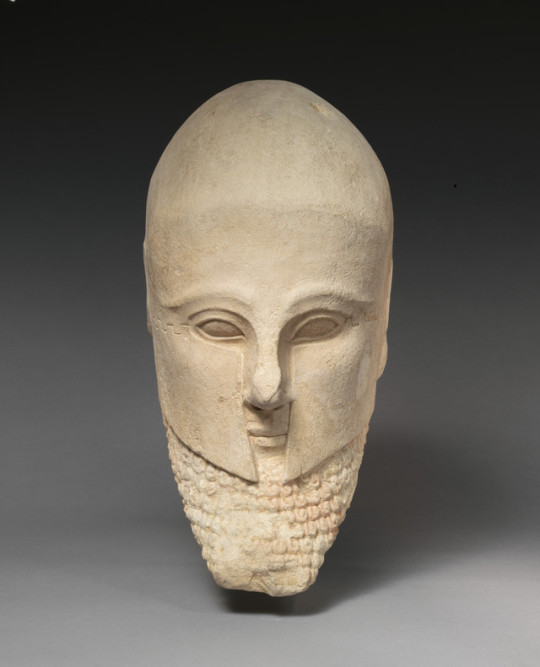

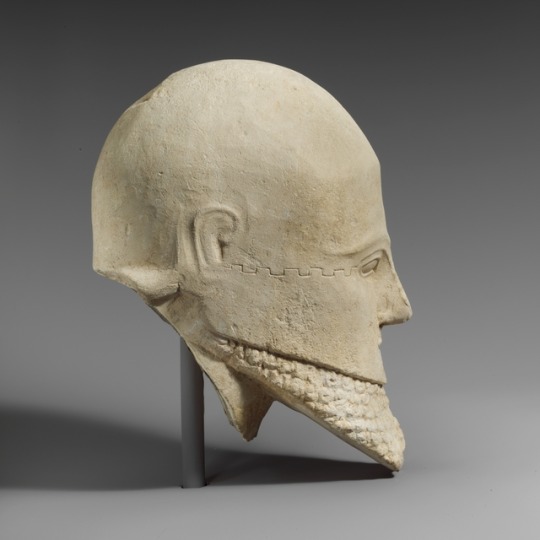
~ Limestone bearded head with a Corinthian helmet.
Period: Cypro-Archaic II
Date: early 5th century B.C.
Culture: Cypriot
Medium: Limestone
#ancient#ancient art#limestone bearded head with a corithian helmet#cypriot#cypro-archaic ii#5th century bc
311 notes
·
View notes
Photo

~ Female figurine of a priestess(?).
Period: Cypro-Archaic II
Medium: Clay
65 notes
·
View notes
Photo

Plate (Bichrome V, VI, or VII)
Cypriote, Cypro-Archaic II or Cypro-Classic
Ceramic
Princeton University Art Museum
18 notes
·
View notes